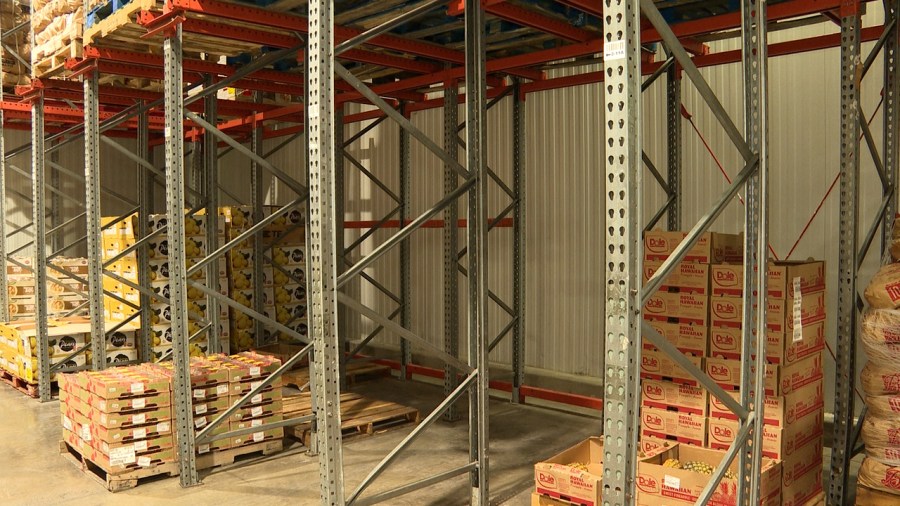WAHIAWA, Hawaii (KHON2) — Pineapples are in short supply across local stores and in restaurants.
Distributors and stores said the shortage has lasted months, but growers say that will soon change.
D. Otani Produce distributes pineapples to restaurants, hotels and small retail throughout Oahu, but its supply from growers has recently been a bit sparse.
“Normally we go through 18 to 20 pallets a week, now we’re down to maybe five, six pallets, if that,” said Kimo Muraki, a produce buyer at D. Otani Produce. “This would normally be full, daily.”
The manager of The Pineapple Store on Kauai said they have had a hard time living up to their name.
“So we can’t ship pineapples if we don’t have them,” Kristin Bisarra said. “Costco has a pallet of it, but now they’re limiting people to only taking two because there’s, there’s pineapple wars at Costco.”
Local distributors said it is not just about the reduced supply of pineapples — the fruit that does come in is noticeably smaller in size than previous years.
“With pineapple being short at it is and being harvested early, the larger sizes are very limited,” Muraki said.
Dole Food Company said in a statement:
“The short version is we are in the low volume time of year that results fall from last winter’s cold spells. The cold spells trigger the natural differentiation of fruit. This means the pineapple plant reacts to the stress from the cold conditions and switches from vegetative growth to reproductive growth (inflorescence). The plant produces a fruit well ahead of our schedule fruit production. Six months later the fruit is harvested but this is usually 2-3 months ahead of our scheduled harvest for that field. Therefore, we have an abundance of fruit available in June & July, that is the scheduled fruit plus the NDF (naturally differentiated fruit). In the fall the fields scheduled to harvest have already had a sizeable % of its fruit maturing and harvested in June and July, therefore lower available fruit for the market in September, October, and this year early November as well. The severity and frequency of cold spells in January, February, and sometimes March will determine the NDF effect on volumes in the fall. Last winter was worse than usual. We do agricultural practices to try to diminish the NDF effect each winter, but we are still vulnerable to mother nature’s vagaries.”
Dan Nellis, Dole Food Company Hawaii general managerThe CEO of Hawaii Farm Project — the entity that oversees Maui Gold Pineapple Company — agreed and said they are seeing the same issue.
“Both of us have the same growing cycle of 18 months. So, any any short term fluctuations, there’s not much that either one of us can do In that short timeframe,” said Hawaii Farm Project CEO John White.
There is some light at the end of the tunnel, however.
“Christmas is right around the corner, and our Christmas crop will be starting to be available middle of November,” White said.
That Christmas crop can not come soon enough for some.
“The funny thing is, the owner of The Pineapple Store,” Bisarra said, “he goes, ‘I think we’re going to have to change the name to The Banana Store!”
